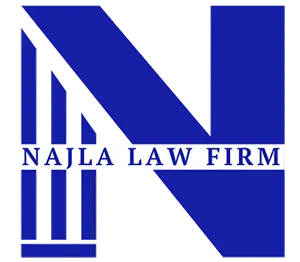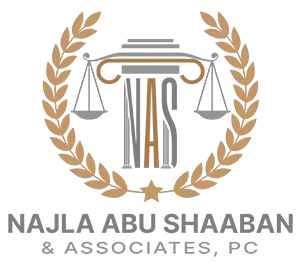
It is difficult to navigate the process of acquiring U.S. patents, and mistakes undermine your innovation. We do not want to make mistakes in order to safeguard your intellectual property completely at Najla Law Firm.
1. Poor Prior Art Search
Swamping an effective search for prior art will result in redundant claims over inventions already known, and that will reject your application. Effective search not only decides the novelty of the invention but also makes it possible for clear writing of claims.
2. Lack of Sufficiency in the Description
Good description is required. The U.S. Patent and Trademark Office requires that your invention be described in such a way that an ordinary skilled person can reproduce it by just reading the description. Failure to include essential details may result in rejection or unprotective patent.
3. Vague or Too Broad Claims
Claims define the limits of your patent protection. Over-preparation of too broad or vague claims will result in rejection for prior art disclosures. Conversely, claims that are too narrow may not be sufficient to cover you. The key is to strike a middle ground.
4. Inadequately Prepared Patent Drawings
Patent drawings are included with every patent application. Inability to present prepared drawings or incompatible drawings can lead to unnecessary delays or rejection of your application. Drawings must be compatible with USPTO and must clearly describe your invention.
5. Missing Deadlines
The patent filing process is replete with deadlines, ranging from responses to office actions to the payment of filing fees. Missing deadlines can cause delay, extra expense, or abandonment of your application.
6. Disregard of Legal and Patent Office Formalities
Every jurisdiction and patent office has its own procedural and legal formalities accompanying it. Failure to comply with these formalities, e.g., failure to comply with timelines, failure to file required documents, or failure to comply with formalities, will result in rejection or delay of grant of the patent application.
7. Absence of Inventive Step
A patent application should demonstrate the inventive step or non-obviousness of the invention. Most individuals fail to provide evidence or reasoning for this claim and their patents are rejected or immediately canceled.
8. Failure to Properly Identify Alternative Embodiments
Failure to investigate and describe other embodiments of the invention can restrict the scope and breadth of the patent. A patent application must consider different implementations and permutations in an attempt to give maximum protection against the likely infringers.
9. Ambiguous Claim Scope
While writing a patent, it’s a widespread myth that it’s always desirable to write very broad claims. Certain patentees might be comfortable in thinking that they have their niche marketplace to themselves, under the assumption that it is simply a matter of filling through prosecution of the patent with less attention to possible third-party invalidity attacks after registration. What such an assumption may overlook is important strategic consideration. It is best not just to write an over-broad independent claim, but to write narrower dependent claims as backup protection. These additional charges come in handy if the broadest claim collapses or subsequently becomes disputed and invalidated.
10. Evading Alternate Embodiments
Inventors refer to a central embodiment of the invention, excluding alternatives falling under the scope that they conceptualized. It’s one of the common pitfalls that restricts protection an invention receives. Complete coverage of alternate embodiments is a crucial aspect of protecting your patent application keeps your invention safe from workarounds. Omission of consideration of different types of your invention gives space for opponents to create alike inventions that avoid your patent claims.
At Najla Law Firm, we are devoted to guiding you through the process of patenting your inventions with utmost care and best practice. Your inventions are protected by our expertise, and you are afforded the cover to be able to compete in the market.

